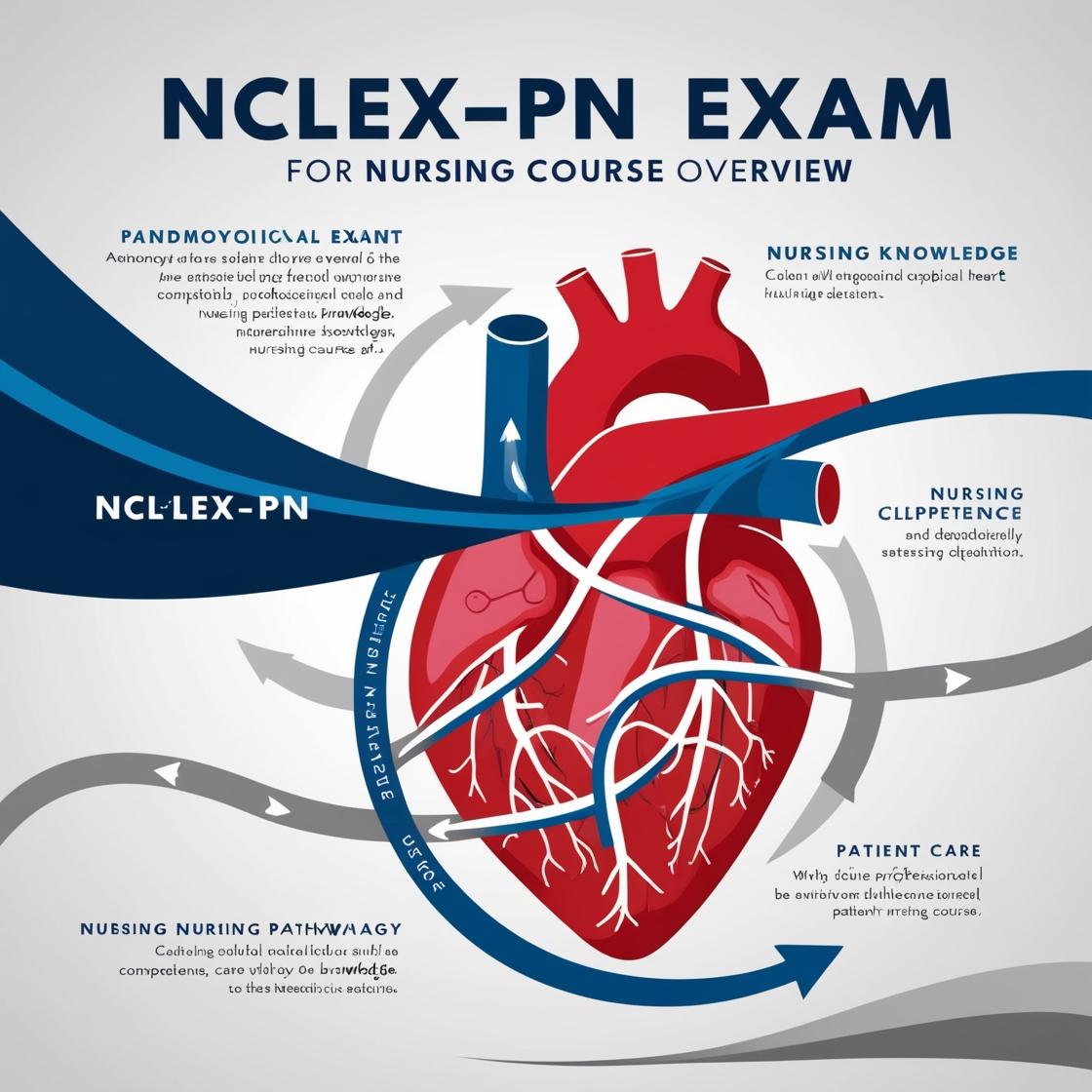NCLEX-PN
Nclex Questions Management of Care
1. Which of the following tests is commonly performed on newborns with jaundice?
- A. blood urea nitrogen
- B. magnesium
- C. bilirubin
- D. prolactin
Correct answer: C
Rationale: The correct answer is C: bilirubin. A high bilirubin level is found in newborns with hepatic immaturity, leading to jaundice. Testing bilirubin levels is crucial in diagnosing and monitoring jaundice in newborns. Choices A, B, and D (blood urea nitrogen, magnesium, and prolactin) are not commonly performed tests for evaluating jaundice in newborns. Blood urea nitrogen is a measure of kidney function, magnesium levels are usually checked in metabolic disorders, and prolactin is a hormone related to lactation, none of which are directly relevant to assessing jaundice in newborns.
2. What is distraction therapy?
- A. Focusing one's attention on stimuli other than pain.
- B. Cognitive reappraisal.
- C. The replacement of positive images of pain with other images.
- D. The use of medication and meditation.
Correct answer: A
Rationale: Distraction therapy involves directing attention away from pain towards positive stimuli, which can help reduce the perception of pain. Choice A is the correct answer as it accurately defines distraction therapy. Cognitive reappraisal (Choice B) involves changing the way one thinks about a situation to alter its emotional impact, which is different from distraction therapy. Choice C is incorrect because distraction therapy does not involve replacing images of pain with other images, but rather focusing on something unrelated. Choice D is incorrect as distraction therapy does not necessarily involve medication or meditation, but rather the redirection of attention.
3. Which of the following statements by a client with gastroesophageal reflux disease (GERD) indicates adequate understanding?
- A. "I should eat right before bedtime."?
- B. "I should eat large meals."?
- C. "I should sit up after eating."?
- D. "I should lie flat after eating."?
Correct answer: C
Rationale: The correct statement for a client with GERD is, 'I should sit up after eating.' This helps prevent reflux by keeping the stomach contents down. Choice A is incorrect as eating right before bedtime can exacerbate GERD symptoms by increasing the likelihood of reflux during the night. Choice B is incorrect because consuming large meals can lead to increased stomach pressure and worsen reflux symptoms. Choice D is incorrect because lying flat after eating can promote reflux due to gravity assisting the flow of stomach contents into the esophagus, worsening GERD.
4. When observing a dressing change by a graduate nurse on a Stage III pressure ulcer to the greater trochanter by the staff nurse, a need for further teaching is indicated after the following observation by the nurse:
- A. The new graduate nurse irrigates the pressure ulcer with 50cc of NS.
- B. The new graduate irrigates the pressure ulcer with half-strength hydrogen peroxide.
- C. The new graduate packs the wound with sterile kerlix soaked in NS.
- D. The new graduate applies a Duoderm dressing over the wound after cleansing.
Correct answer: B
Rationale: The correct answer is that the new graduate irrigates the pressure ulcer with half-strength hydrogen peroxide. Pressure ulcers should not be cleaned with substances that are cytotoxic, such as hydrogen peroxide or betadine. This can cause further damage to the wound and delay the healing process. Choice A is incorrect because irrigating the pressure ulcer with normal saline is an appropriate practice. Choice C is incorrect because packing the wound with sterile kerlix soaked in normal saline is also an appropriate step. Choice D is incorrect because applying a Duoderm dressing after cleansing is a standard procedure in wound care.
5. When planning play activities for a hospitalized school-age child, a nurse uses Erikson's theory of psychosocial development to select an appropriate activity. The nurse selects an activity that will assist the child in developing which developmental goal?
- A. A sense of industry
- B. Autonomy
- C. A sense of trust
- D. Initiative
Correct answer: C
Rationale: The correct answer is 'A sense of industry.' According to Erikson, the central task of the school-age years is the development of a sense of industry. During this stage, children engage in activities like schoolwork, crafts, chores, hobbies, and sports to develop a sense of competence and productivity. The development of trust is the primary task of infancy, autonomy is the task of toddlerhood, and initiative is the task of the preschool years. Therefore, in this scenario, focusing on fostering a sense of industry aligns with the developmental goals of a school-age child.
Similar Questions

Access More Features
NCLEX PN Basic
$69.99/ 30 days
- 5,000 Questions with answers
- Comprehensive NCLEX coverage
- 30 days access @ $69.99
NCLEX PN Premium
$149.99/ 90 days
- 5,000 Questions with answers
- Comprehensive NCLEX coverage
- 30 days access @ $149.99
